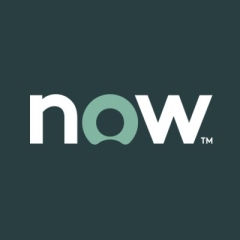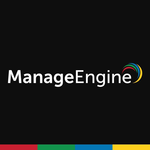ServiceNow's out-of-box process configurations and service-based CMDB data model have revolutionized IT Service Management transformations. Leveraging out-of-box configurations and using frequent small-scope improvement releases (DevOps) has proven to be an effective approach for ensuring timely, lasting improvements to the core service management process.
The traditional ITIL "gather all process requirements 1st" approach to tool design never worked well. In fact, organizations attempting this "Define all Process Requirements" approach would frequently customize the tool to be similar to the process/tool that they were replacing rather than adopting the proven ITSM best practices embedded in ServiceNow. This approach extends the time to value by limiting the focus on ensuring the critical process integration points that drive rapid quantifiable process improvements.
With the right expert guidance facilitating the effectiveness of a strong executive sponsor to ensure the successful adoption of a true service-based culture, a SeviceNow implementation can drive quantifiable process improvements in three to six months in core processes, such as Incident, Problem, Change, Release, Knowledge, Asset and CFG management.
With these core processes integrated and effectively automated, an IT organization is able to transform infrastructure monitoring activities into a true service-based and proactive Event Management capability. This in-turn drives rapid and sustained improvements to service Availability, Capacity, and Demand management processes. Quantifiable service levels may then be negotiated and aligned to meet actual business process requirements.
Bottom line: ServiceNow has shattered the "Five years to a successful Service Management transformation" limitation. With the prerequisite guidance and sponsorship, measurable, and sustainable service level improvements, cost efficiencies can be achieved in 12 months or less!
Note:
- The importance of acquiring qualified an ITSM expert and their guidance can not be overemphasized. This is preferably to someone outside the current organizational culture.
- The need for a skilled and charismatic executive sponsor is a proven success-critical requirement for rapid sustained improvements. The right leader will recognize the need for a compelling vision and formal sponsorship strategy for the entire IT leadership team, which they will be accountable for, will ensure the culture change from the traditional siloed infrastructure, and component management focused and heroic effort based culture to a true customer focused and service based culture.




















Dear David,
I am highly interested in understanding what key advantage you felt in using Service Now compared to BMC Remedy ITSM?
What are the areas that Service Now struggles compared to Remedy?
As per my experience, Service Now is great where a given organization is willing to sacrifice some of their nitty gritty processes that have been built over a long period and have become divergent with standard ITIL model.
But if you want to customize to great level and want to twist the tool whichever way you want, BMC Remedy is far more customizable. Of course, then customizations cause upgrade issues if not handled carefully.
Service Now has recently changed their pricing model and if you are touching their core objects (or tables as they might call) then their fees go on increasing. BMC on the other hand has higher initial cost but they don't increase fees due to customization.
A detailed study of costing (without revealing any key organizational information that can't come to public domain) would be appreciable.
Thanks and Regards,
Jeevan